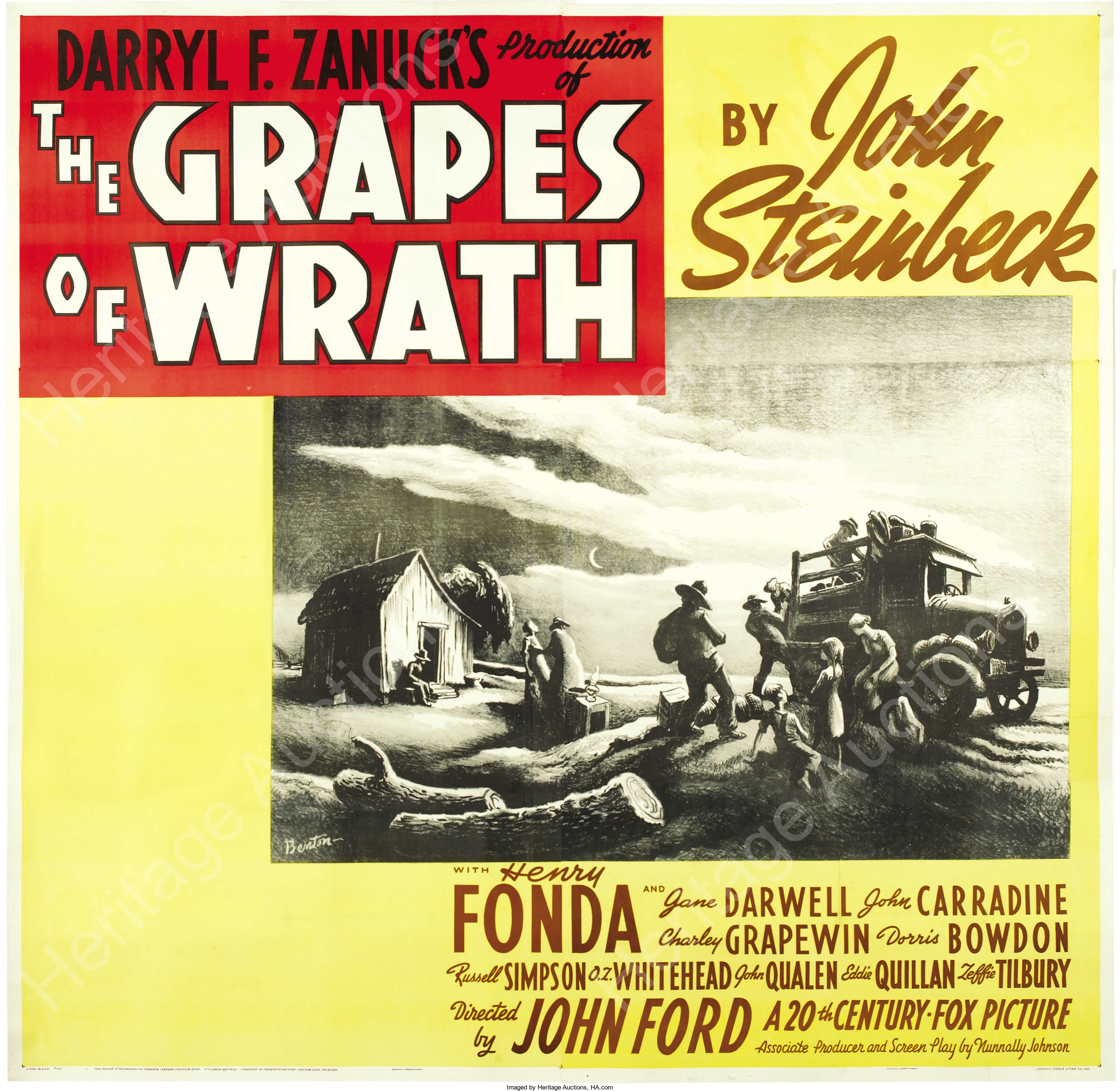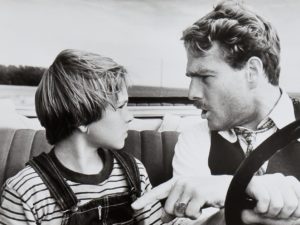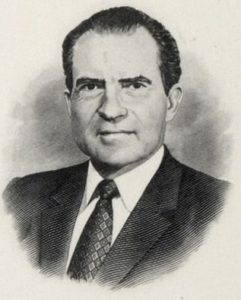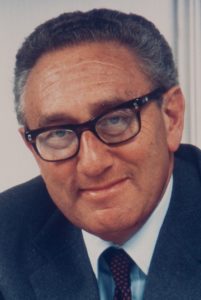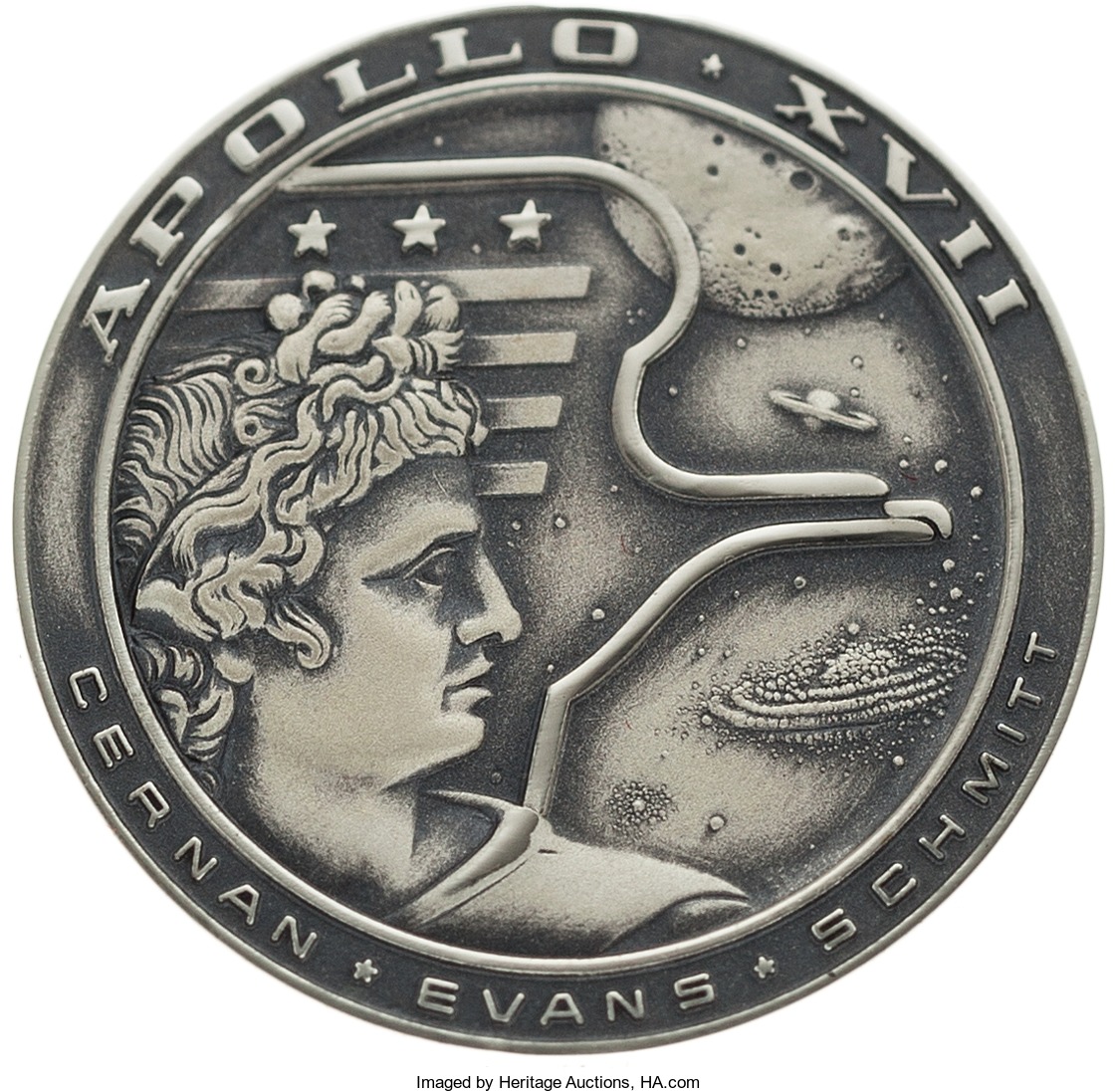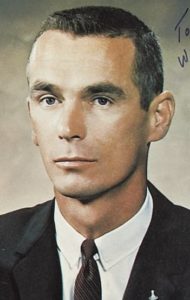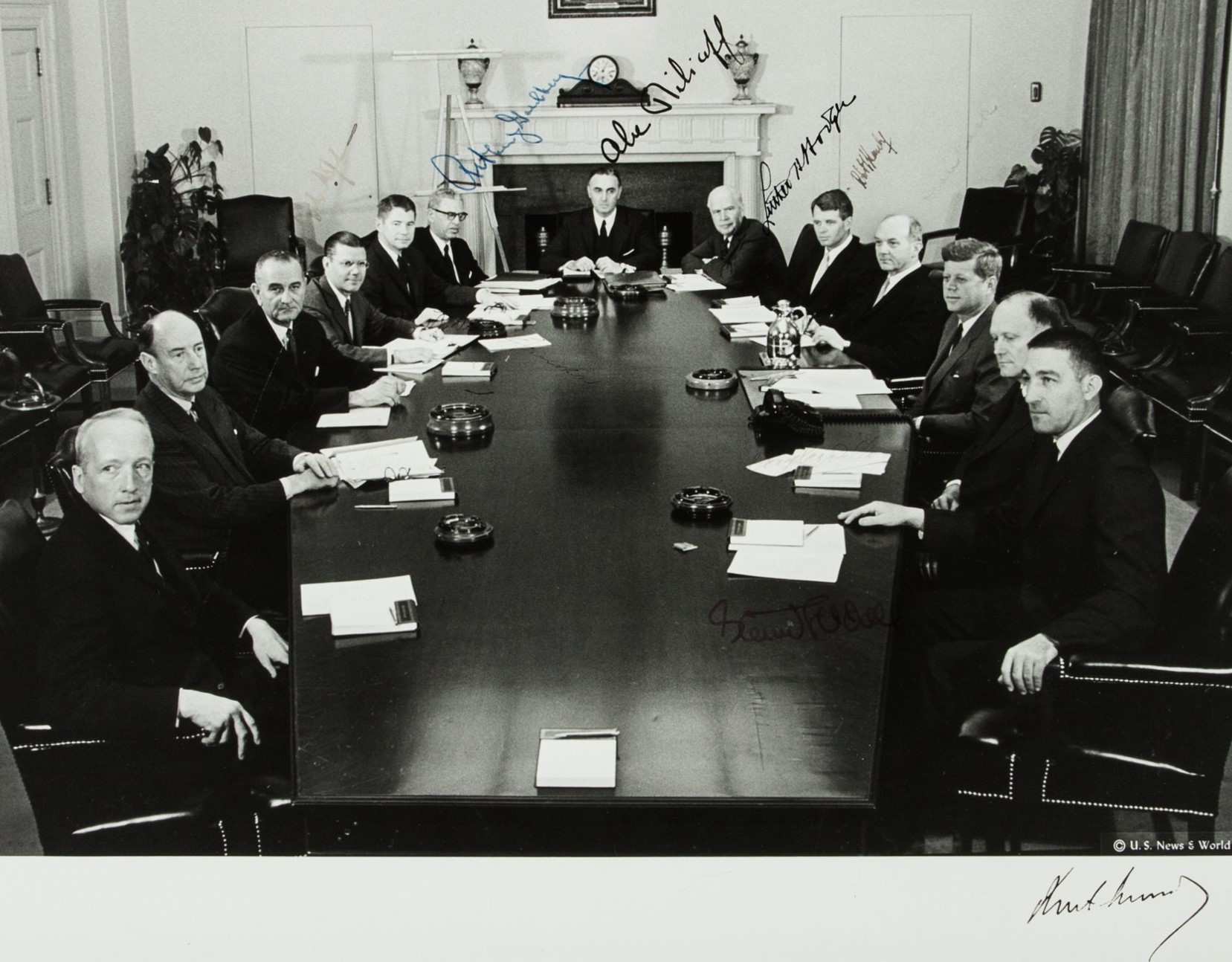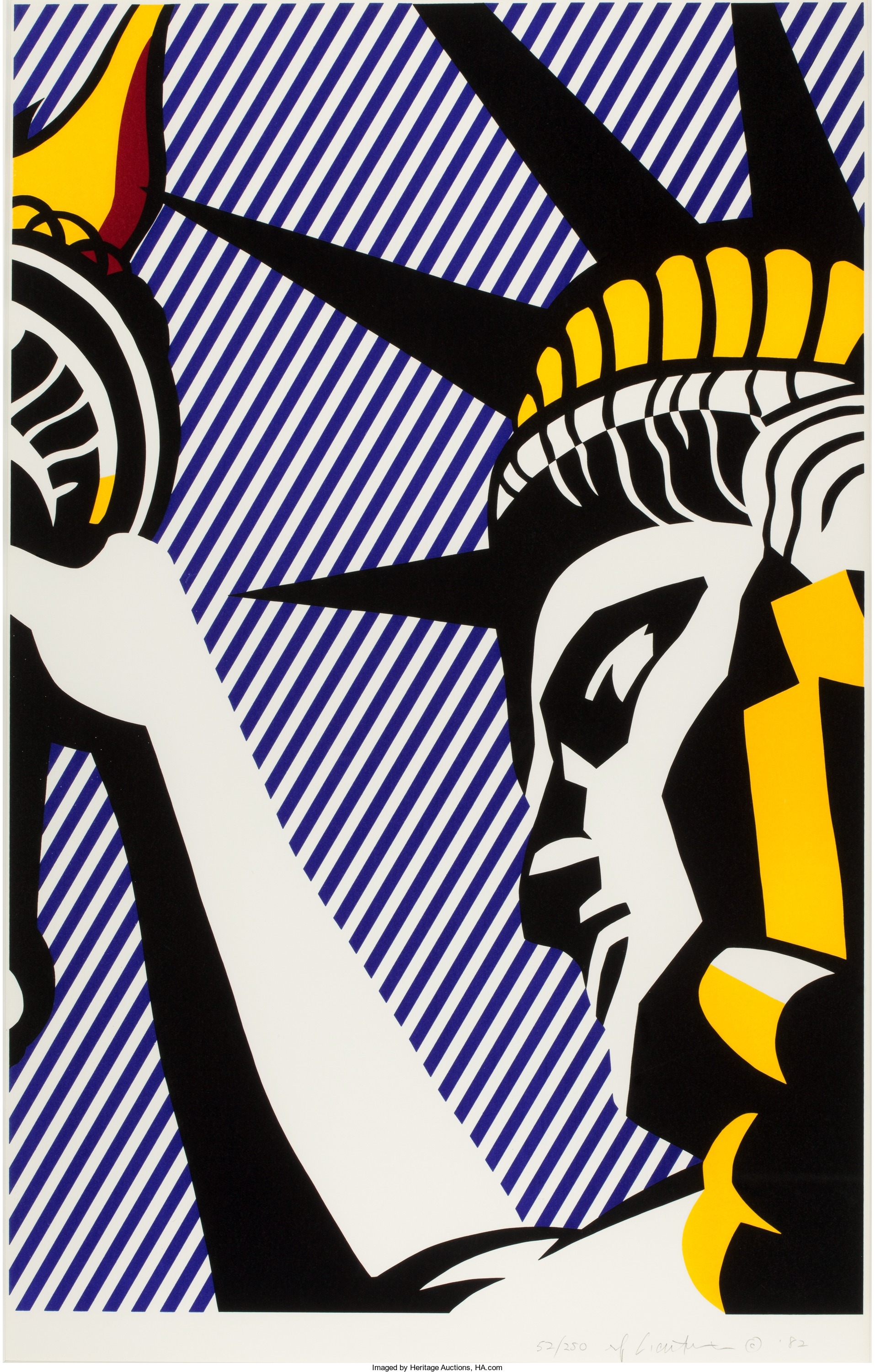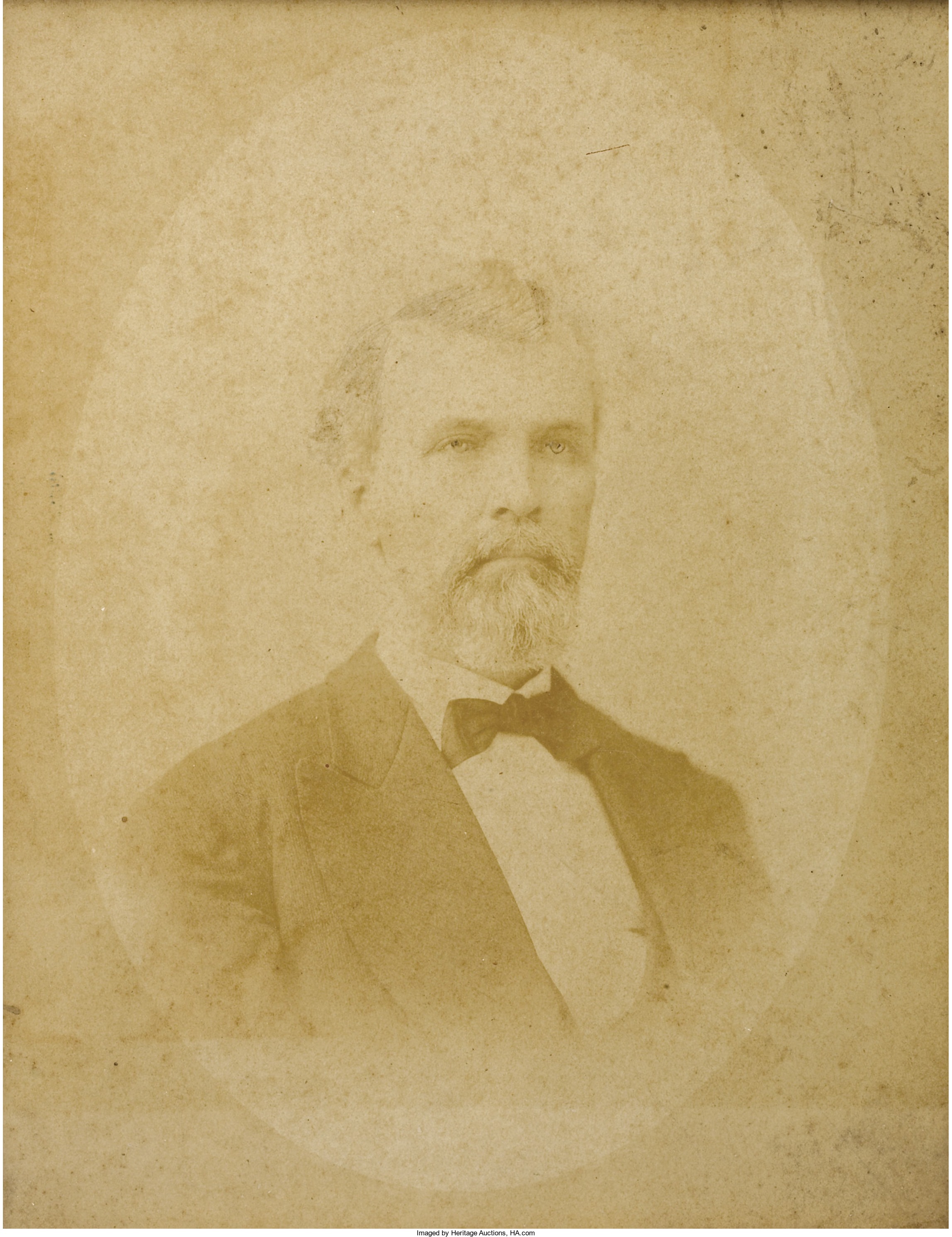
By Jim O’Neal
In 1980, Frito-Lay made a strategic blunder by entering the Ready-To-Eat (RTE) cookie category where Nabisco, Keebler and a bevy of regional competitors were dominant in supermarkets. In typical Frito-Lay tradition, we went all-in. I built two new bakeries and bought Grandma’s cookies in Oregon and Jacks in Pulaski, Tenn.
Pulaski has the dubious distinction of being the home of the KKK and there were various memorials to one of my favorite Civil War generals, Nathan Bedford Forrest.
NBF was an early member of the Klan and (by some accounts) its first Grand Wizard. However, his daring exploits in the Confederate military bordered on being astonishing. Union General William Tecumseh Sherman described him as “the most remarkable man our Civil War produced … on either side.”
Forrest joined the Confederate States Army as a lowly private after an extremely successful business career as a land owner, cotton grower and slaver. His personal wealth was estimated at $1.5 million, despite being uneducated, but not illiterate. When he was quickly given command of a regiment, the 3rd Tennessee Calvary, they were so poorly equipped that Forrest used his personal wealth to buy horses and equipment for the entire battalion.
Although he also lacked a formal military education, his special talents for horsemanship and tactics earned him the nickname “Wizard of the Saddle.” His exploits in battle were legendary, even in a hotbed of politics and war like Tennessee, where 100,000 joined the Confederacy and 50,000 joined the North.
Forrest’s untutored instincts were characterized by an almost surreal ability to analyze complex situations. At the Battle of Shiloh in 1862, the Confederates were jubilant after the first day of fighting. But NBF warned everyone, “We’ll be whipped like hell in the morning.” He was uncannily correct, as the seesaw battle doomed any hopes that the war would be quickly ended … by either side.
Lieutenant General Forrest ultimately emerged as the war’s most dreaded cavalry commander. In one astonishing raid, he struck Sherman’s supply lines with a vengeance, capturing over 2,300 Union soldiers, seizing 800 horses and wrecking the Tennessee and Albany railroad so thoroughly it took Sherman’s indefatigable crews six weeks to repair it. An incensed Sherman demanded that Forrest “be hunted down and killed even if it cost 10,000 lives and bankrupts the Federal Treasury.”
It never happened.
Forrest is sometimes (erroneously?) quoted as saying, “I git thar fustest with the mostest” in describing his success. Whether or not he used this phrasing, it is a certainty that his command of mobile warfare is still a viable strategy in the 21st century.
 Intelligent Collector blogger JIM O’NEAL is an avid collector and history buff. He is president and CEO of Frito-Lay International [retired] and earlier served as chairman and CEO of PepsiCo Restaurants International [KFC Pizza Hut and Taco Bell].
Intelligent Collector blogger JIM O’NEAL is an avid collector and history buff. He is president and CEO of Frito-Lay International [retired] and earlier served as chairman and CEO of PepsiCo Restaurants International [KFC Pizza Hut and Taco Bell].

